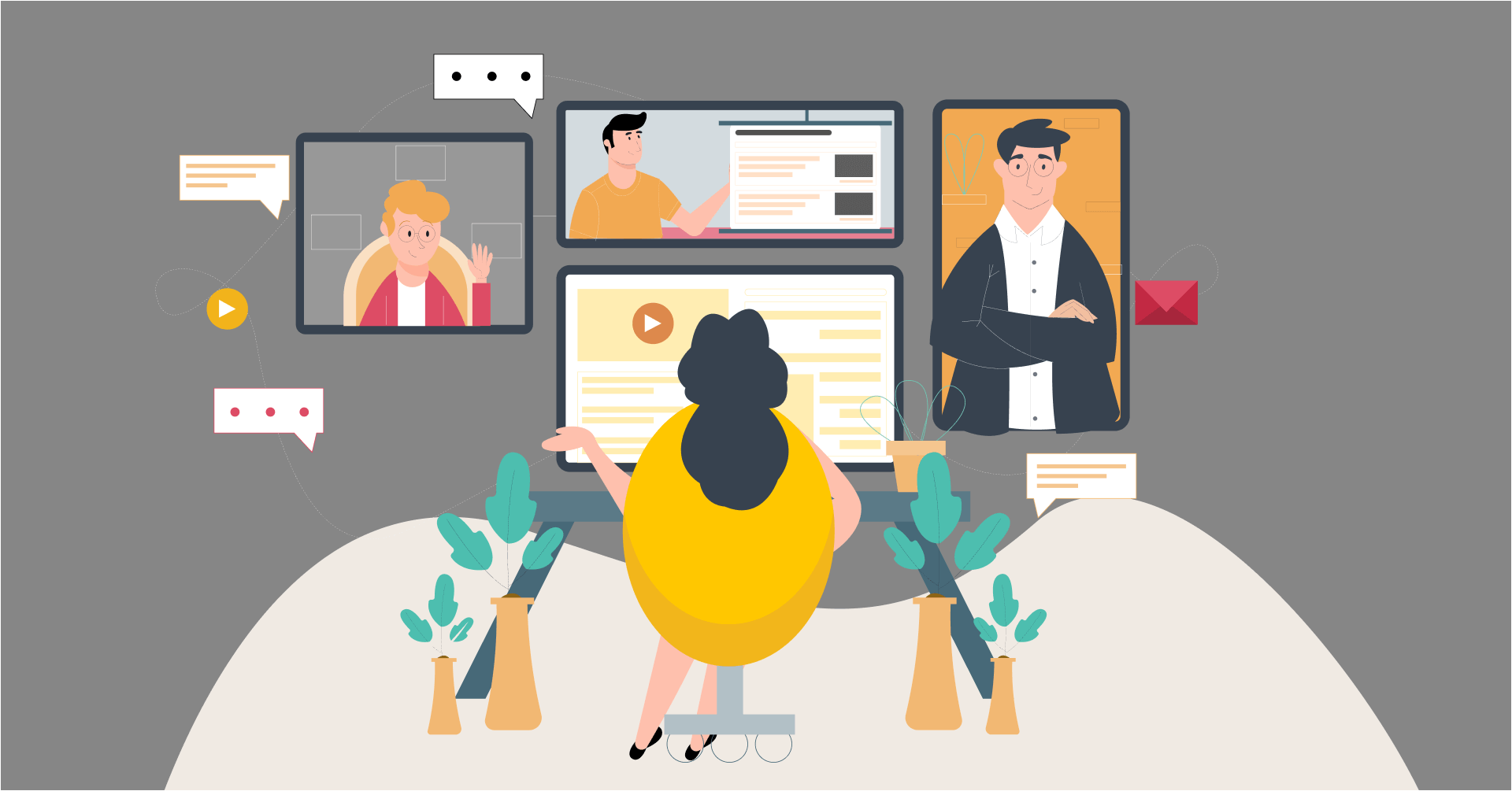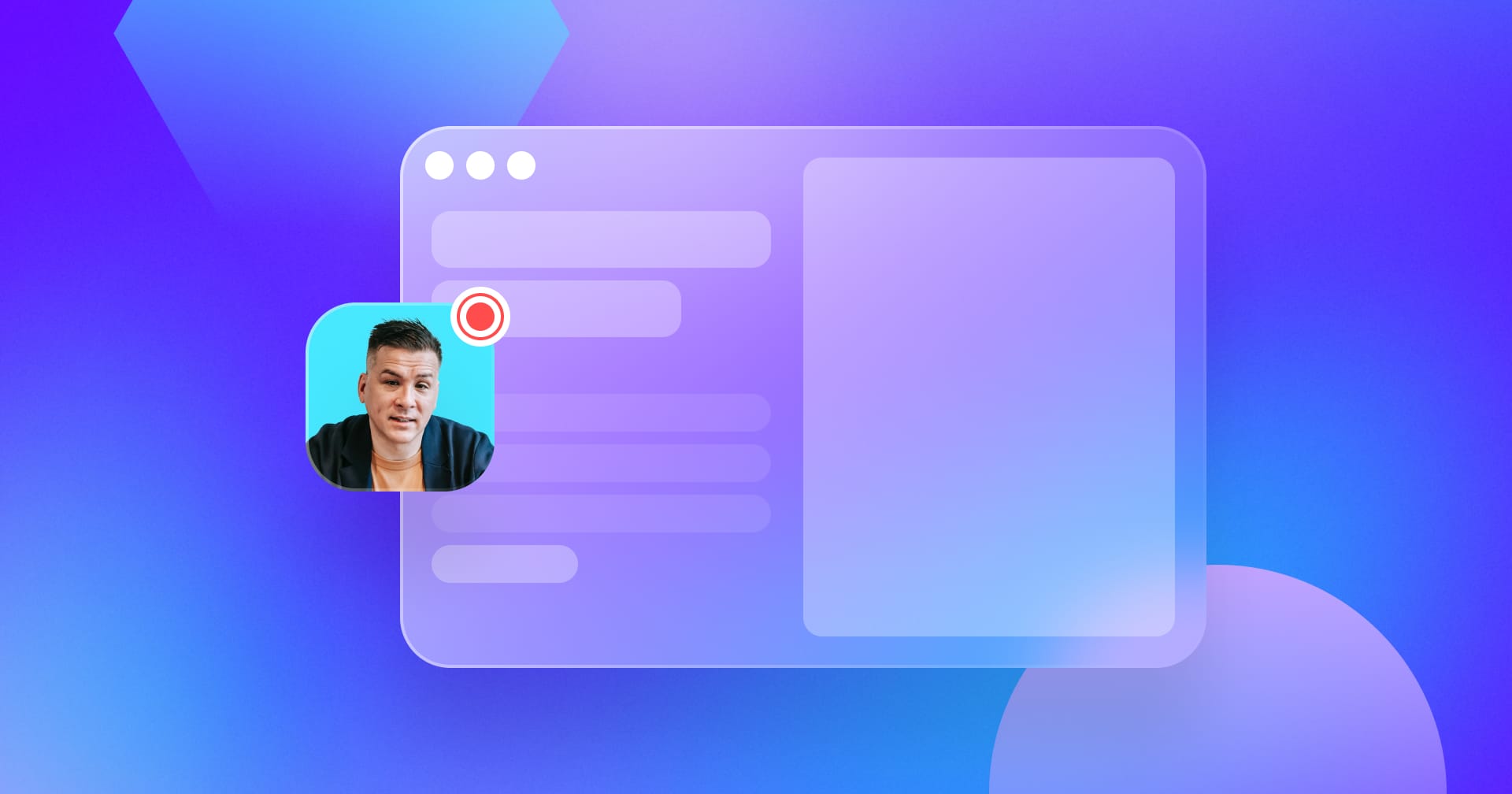Imagine a world where language is no longer a barrier to understanding. AI video translation is rapidly becoming a reality, offering the ability to seamlessly translate video content into different languages with remarkable accuracy. This article delves deeper into the inner workings of this technology and explores the exciting future it holds.
Under the Hood of AI Video Translation
AI video translation is a complex process that utilizes several key components:
- Automated Speech Recognition (ASR): This technology converts spoken language from the video into text, forming the foundation for the translation process.
- Machine Translation (MT): Advanced machine learning models analyse the text and translate it into the target language, considering grammar, syntax, and cultural context.
- Text-to-Speech (TTS): For dubbed versions, the translated text is converted back into natural-sounding speech in the target language.
- Closed Captioning: AI can generate synchronized closed captions in the translated language, ensuring accessibility for all viewers.
The Ever-Evolving AI Engine
The magic behind AI video translation lies in the sophisticated machine learning models:
- Deep Learning Algorithms: These algorithms are trained on vast amounts of multilingual video data, allowing them to learn the intricacies of different languages and translation patterns.
- Neural Networks: Mimicking the human brain, neural networks within the AI model analyze the source language and generate translations that are not only grammatically correct but also capture the intended meaning and style.
- Constant Learning: As more data is fed into the system and user feedback is incorporated, AI video translation models continually improve, offering increasingly accurate and nuanced translations.
Beyond Languages: A Holistic Approach
AI video translation goes beyond simply changing words from one language to another:
- Cultural Considerations: The AI models factor in cultural nuances and references to ensure translations resonate with the target audience.
- Audio & Visual Alignment: Synchronized translations and subtitles ensure seamless integration with the original video content.
- Speaker Identification: In multi-speaker videos, AI can differentiate between speakers and translate each voice track independently for clarity.
The Future of AI Video Translation
The future of AI video translation is brimming with exciting possibilities:
- Real-time & On-the-Fly Translation: Real-time translation will enable instant communication across languages, fostering deeper engagement in live events and video conferences.
- Personalized Translation Options: Users might be able to customize translation styles to suit their specific needs, such as prioritizing accuracy or fluency.
- Integration with Streaming Platforms: Seamless integration with streaming platforms will allow viewers to choose their preferred language for watching videos on demand.
- Augmented Reality (AR) & Virtual Reality (VR) Applications: AI video translation will play a crucial role in making AR and VR experiences truly global and accessible to a wider audience.
Challenges and Opportunities
While AI video translation offers a plethora of benefits, some challenges remain:
- Maintaining Quality: Ensuring accuracy and maintaining the original meaning can be challenging, especially for complex content or languages with cultural nuances.
- Ethical Considerations: Bias present in training data can be reflected in translations, necessitating careful data curation and human oversight.
- Accessibility for All: Ensuring affordability and ease of use for AI video translation tools is crucial for widespread adoption and inclusivity.
Building a More Connected World
By addressing these challenges and harnessing the potential of AI video translation, we can create a world where:
- Information is universally accessible: Everyone can access knowledge and entertainment content regardless of their native language.
- Global Collaboration Flourishes: Language barriers are no longer an obstacle to cross-cultural communication and collaboration.
- Cultural Understanding Deepens: Exposure to diverse narratives and perspectives fosters empathy and understanding between different cultures.
AI video translation stands at the forefront of a revolution in global communication. As this technology continues to evolve, it has the potential to bridge language barriers, connect us on a deeper level, and create a more inclusive and interconnected world. Let’s embrace the future of AI video translation and work together to unlock its potential for the benefit of all.


